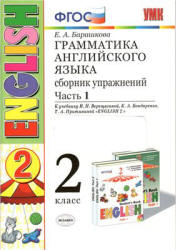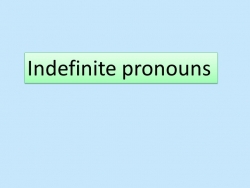Презентация к уроку английского языка по теме "Ирландский диалект"

- Рубрика: Презентации / Другие презентации
- Просмотров: 80
Презентация для классов "Презентация к уроку английского языка по теме "Ирландский диалект"" онлайн бесплатно на сайте электронных школьных презентаций uchebniki.org.ua
“A man with an Irish accent could sound wise and poetic and interesting even if he wasn’t.” - Kate Atkinson
The Origins of English in Ireland
There are two main languages in Ireland. English was first brought to Ireland by English colonists in the 13th century. It took some time for English to establish a foothold in Ireland. By the 17th century, when the Tudors conquered Ireland, English was adopted in the court, judiciary institutions, administrations, and even by businesses.
Irish speakers were considered to be poor and less intelligent than those who spoke English as their mother tongue and English became the essential language for those wanting to get ahead in this new society. As a testament to the language’s nation and international importance, it’s the most commonly taught language in Ireland.
However, Irish English, just like Scottish English, also includes a variety of different dialects. There are also regions where Irish Gaelic (known locally as just Irish) is spoken. Since Ireland’s independence, there have been attempts to increase the use of Irish in the country.
English and Irish: Two Different Languages
Both Irish and English are the official languages of Ireland. Two languages for two civilisations, a challenging part of Ireland’s history. Currently, the Irish government attempts to make the two languages equal by giving the Irish language the status of the country’s first official language. However, Ireland is a predominantly English-speaking country in terms of its popular culture.
The Particularities of Irish English
Like all languages, there are different variants of English around Great Britain and Ireland.
Here’s some advice to get you started speaking like a local. In terms of pronunciation, the vowels are softened and the consonants hardened. For example, the letter “a” is pronounced as an “ah” or “aw” in Ireland. “How are you?” would sound like “Ha ware ya?”. The same happens with the “aye” sound, which becomes “oi”: Ireland being pronounced like Oireland.
In terms of consonants, most of them are pronounced differently as to how they would be in the United States of America. The “t” in certain words is pronounced like a “ch” (tube is pronounced as choob, for example) and the “th” is pronounced like a “d” for words like “that” and a “t” for words like “think”.
The letter “g” at the ends of words is almost never pronounced: Morning and walking become mornin’ and walkin’.










